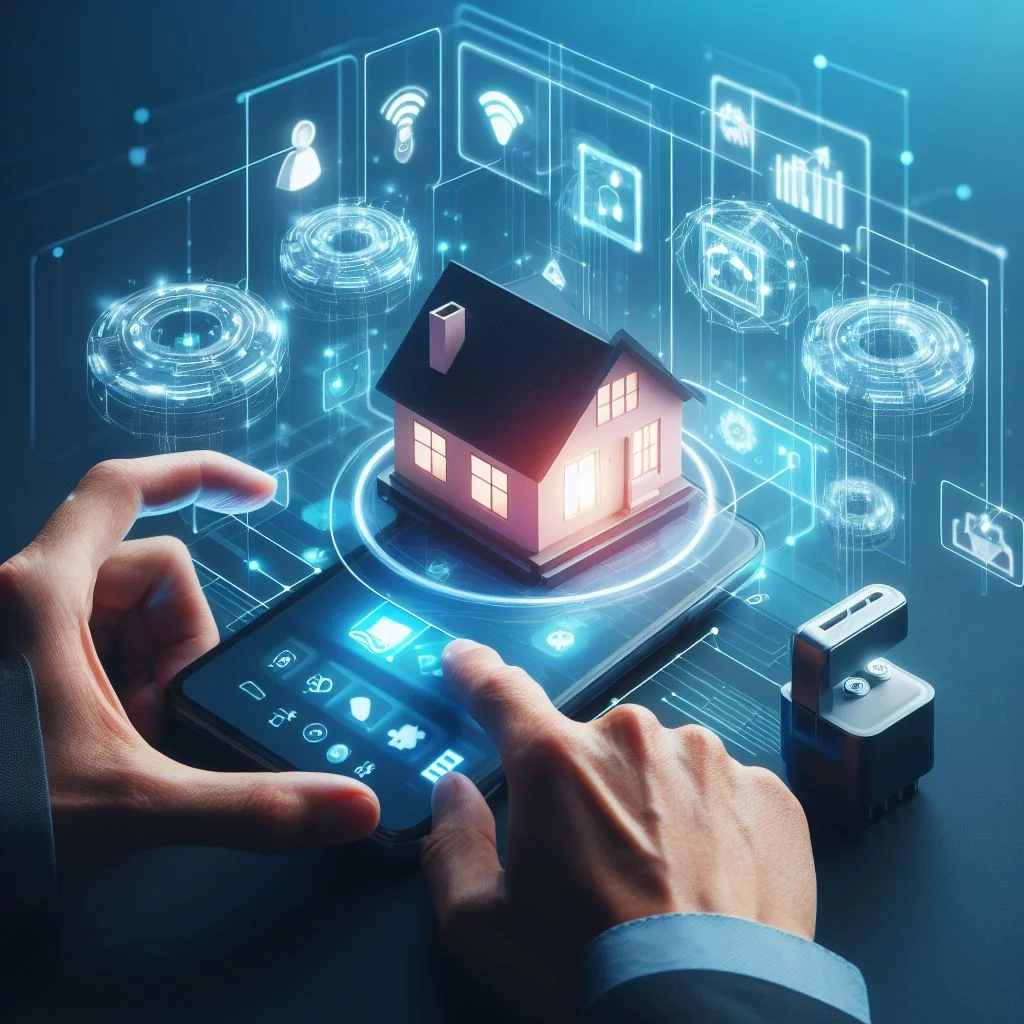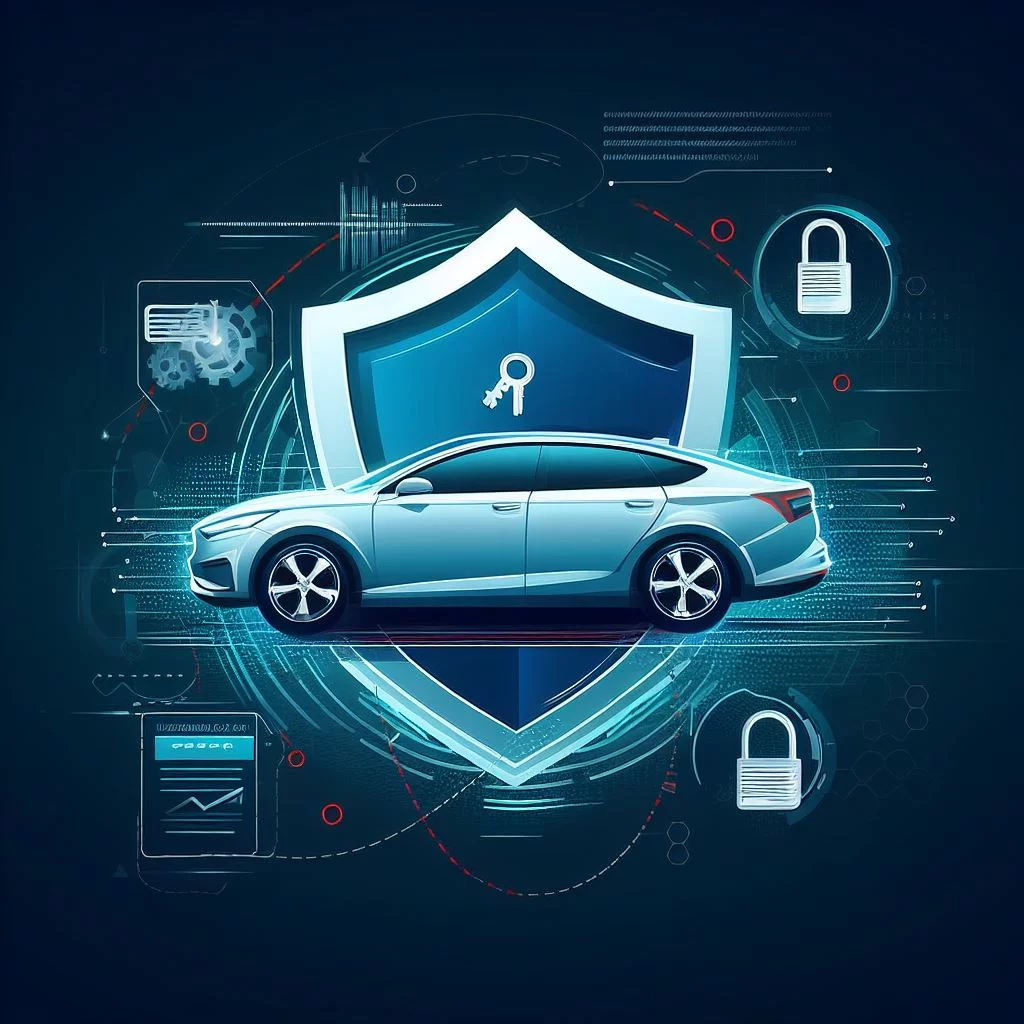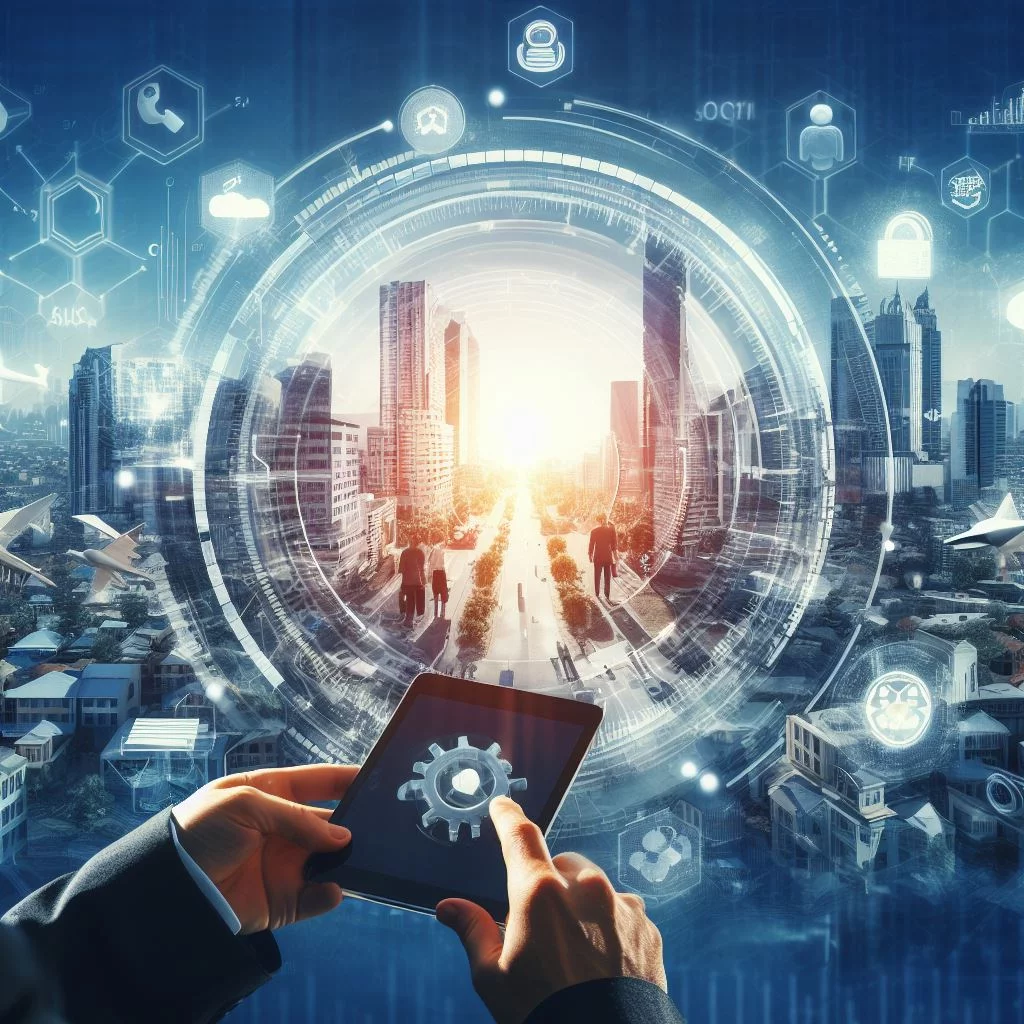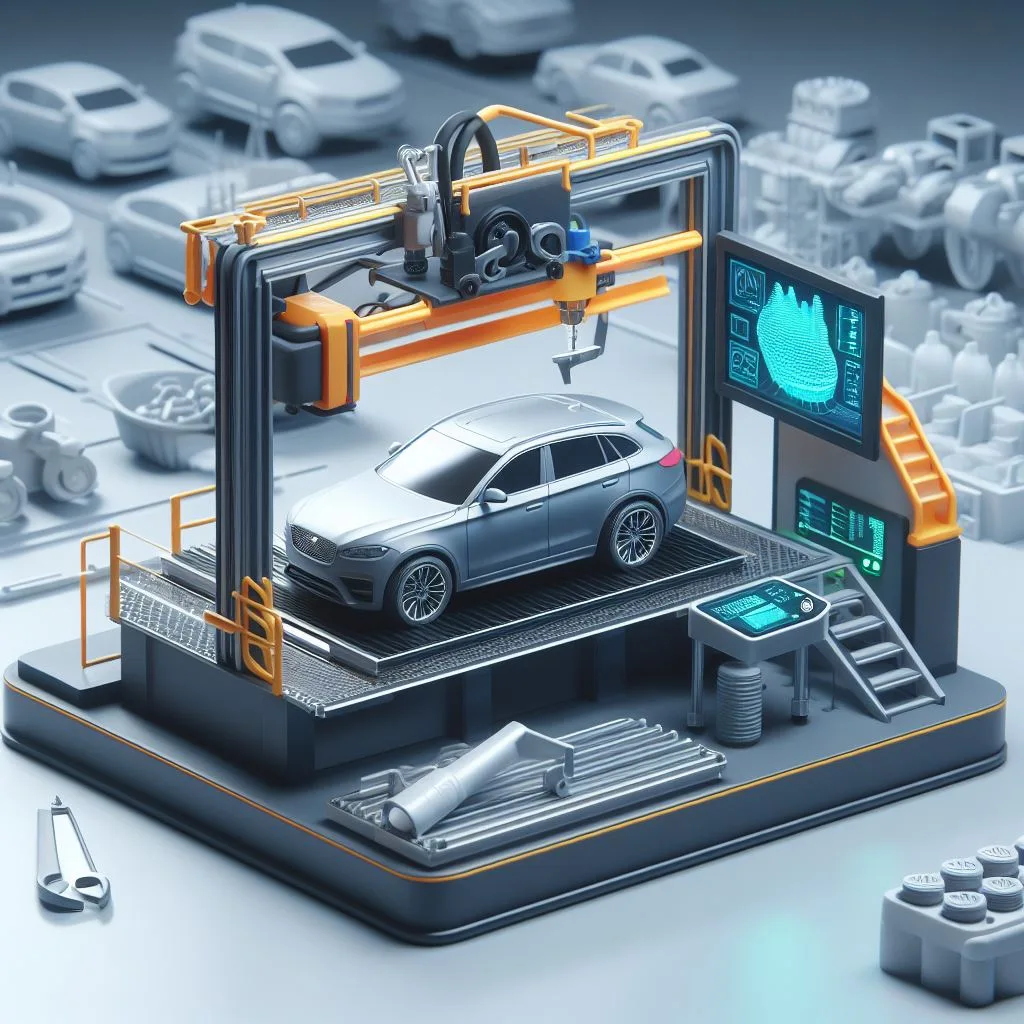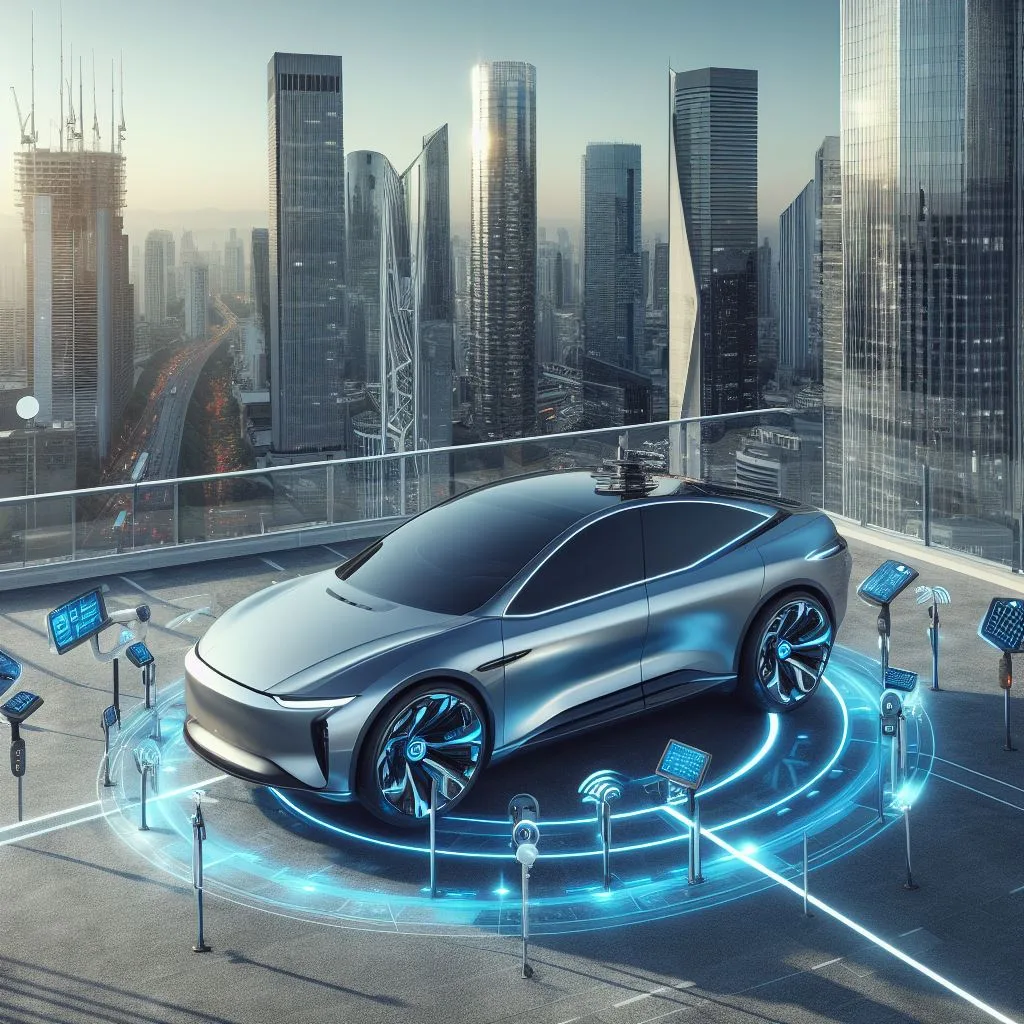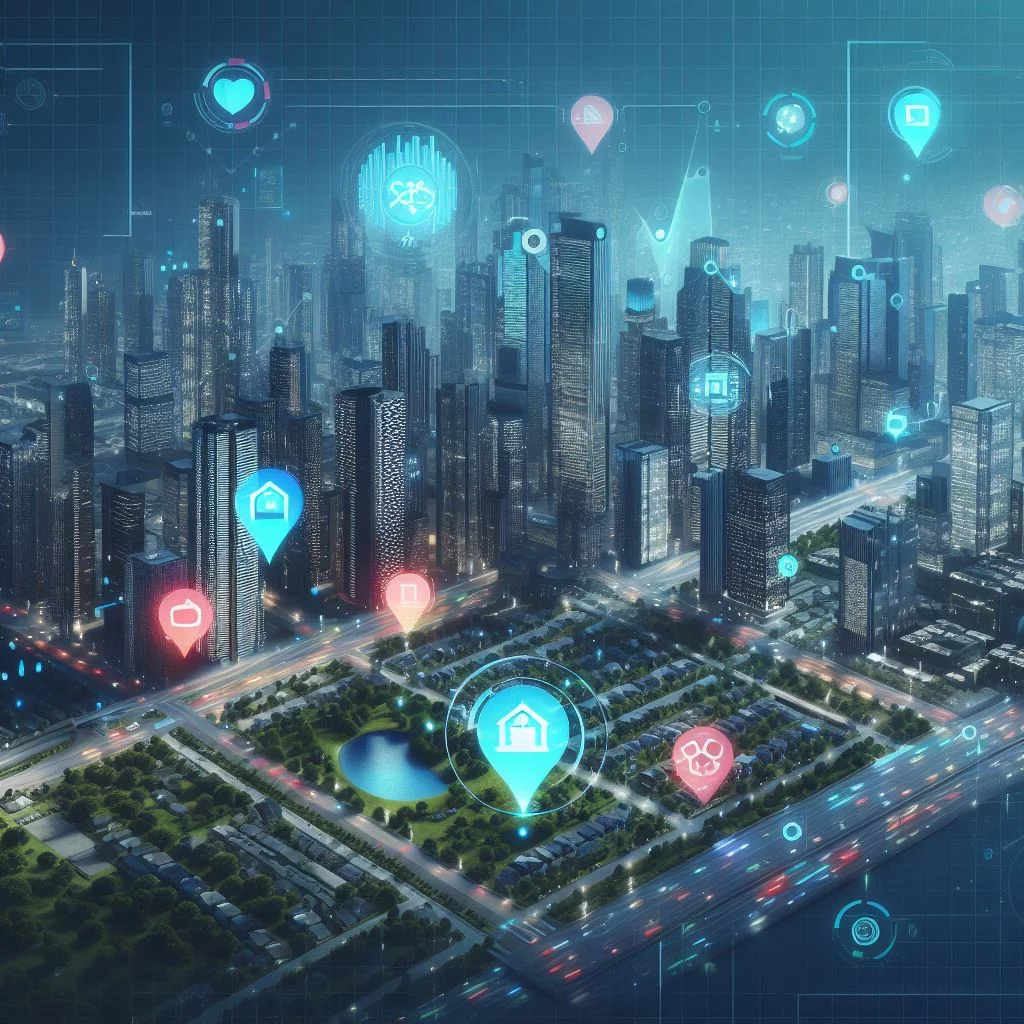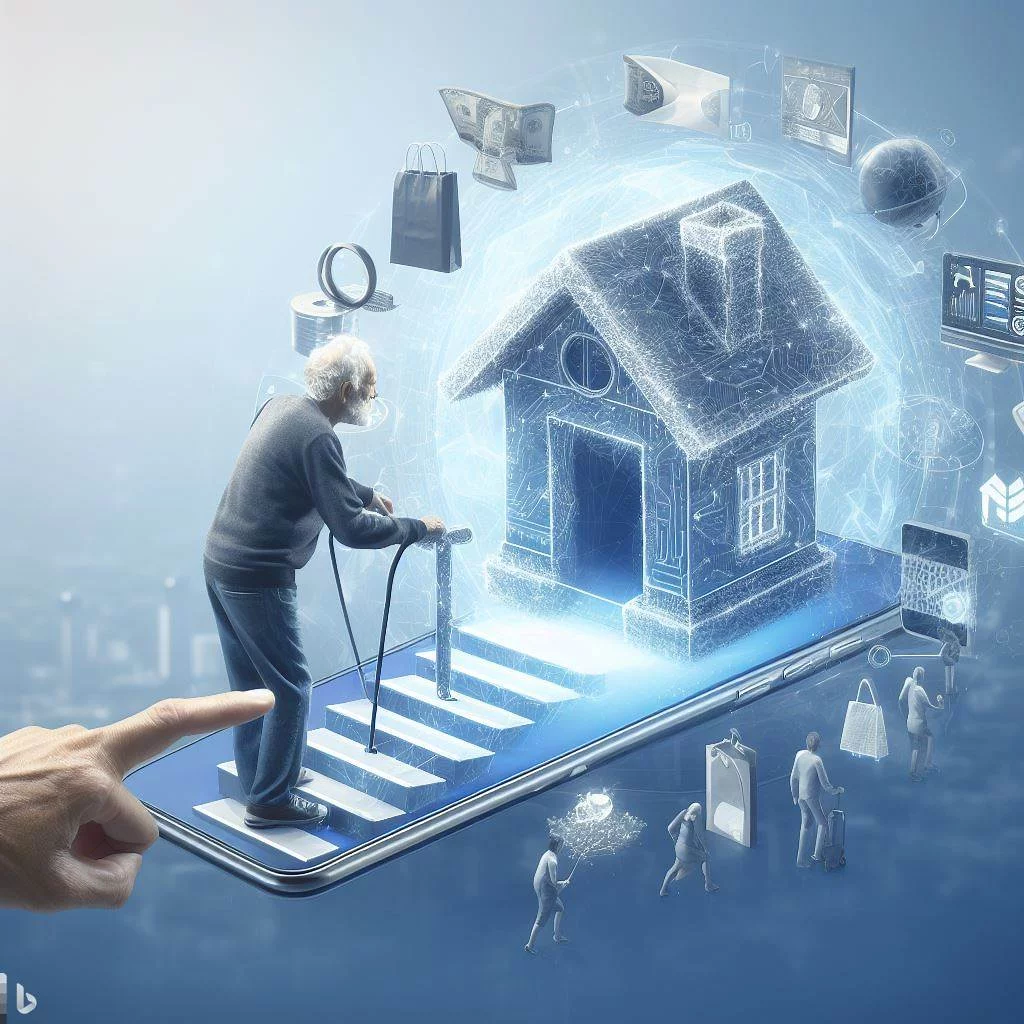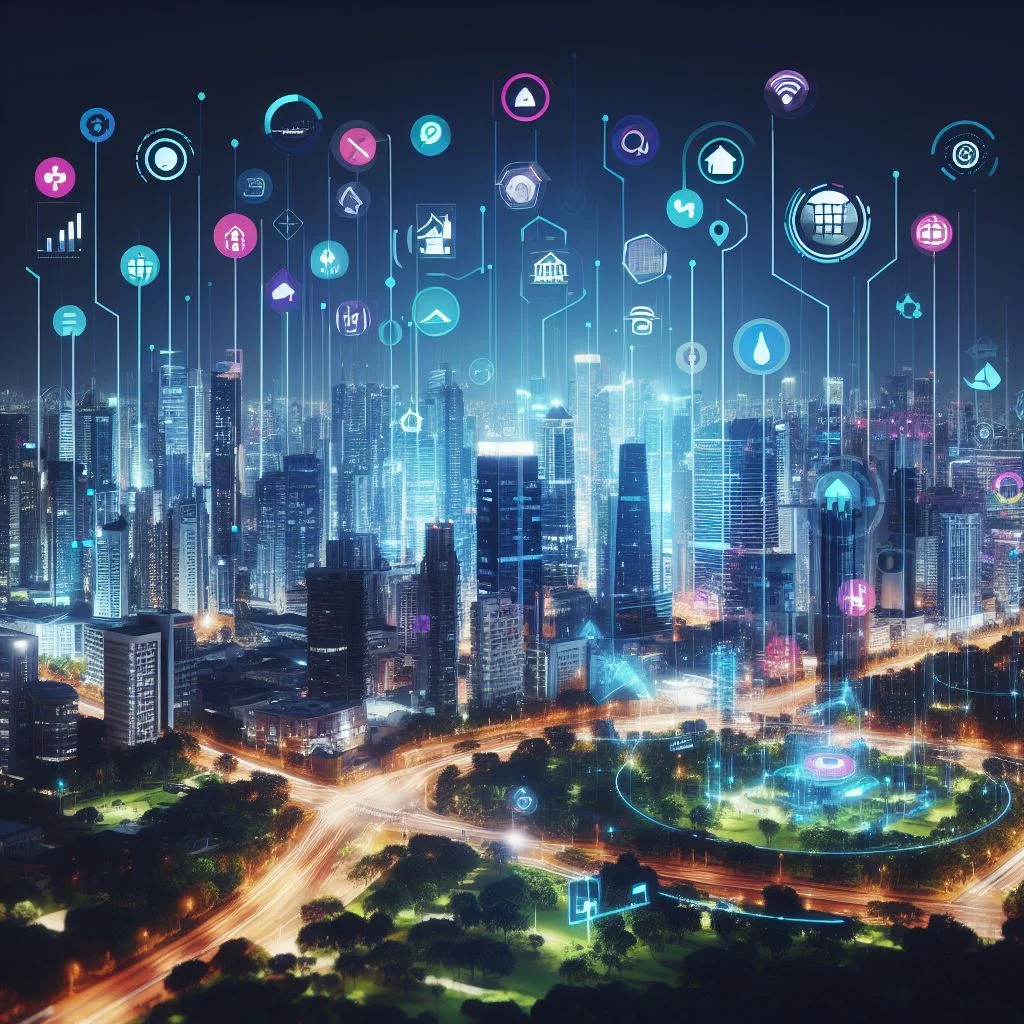The concept of smart homes, once a futuristic vision, is rapidly becoming a reality, driven by the convergence of advanced technologies and the increasing demand for connected living spaces. The integration of the Internet of Things (IoT) into smart homes is revolutionizing the real estate landscape. It is offering a plethora of benefits and redefining the standards of modern living.
Wildest Thought on Smart Homes: Structural Disruption
Smart homes fit perfectly into this evolving narrative. At present, they may appear as a luxury, with features like smart appliances and home automation systems. However, due to technological advancements, the scope of smart homes is poised to expand beyond these add-on features. It’s not just about convenience; it’s about efficiency, security, and sustainability.
The notion of 3D-printed houses is indeed a wild concept that has the potential to disrupt the real estate industry. One of the most remarkable transformations it might bring is in heating, ventilation, and air conditioning (HVAC) systems. In traditional construction, HVAC systems are essential for regulating indoor temperatures and ensuring comfortable living conditions. However, 3D-printed houses, with their innovative design and materials, can revolutionize the way we think about climate control. One innovative approach is to incorporate tubular concrete tubes within the walls of the 3D-printed structure. These tubes can serve a dual purpose, acting as both structural components and a natural air conditioning system.
3D-printed homes might be a wild dream, but it is bound to be a reality someday. It will act as the casing to integrate smart technologies. Just as the Apple iPhone 15 can’t be fitted into the Nokia 3310’s structure, Smart Homes won’t be able to fit in conventional structures.
How Smart Homes are Influencing the Architecture and Interior Design
The architectural aspect of real estate is undergoing a profound transformation. It is because of the dependency on IoT-based technology. The architectural design of modern homes is no longer solely about aesthetics or structural integrity. It is intrinsically linked to the integration of the Internet of Things (IoT), revolutionizing the way we live within our spaces.
Here’s how IoT-based technology is influencing architectural design and why it represents a superior option compared to retrofitting:
Energy Efficiency: Smart homes prioritize energy efficiency as a central design principle. Architectural elements, such as the orientation of the building, window placement, and the use of natural light, are meticulously considered to optimize energy usage. This integrated approach to sustainability is far superior to retrofitting energy-efficient features into an existing structure.
Security: Security features are an integral part of the architectural design in smart homes. Access control points, surveillance systems, and reinforced entryways are seamlessly incorporated while maintaining the aesthetics of the home. Retrofitting such features can be both challenging and visually disruptive.
Adaptive Spaces: Modern architectural design is all about creating adaptive spaces that respond to residents’ needs and preferences. IoT technology allows for dynamic room configurations, adjustable lighting, and climate control that can be tailored through digital interfaces. These features are embedded in the architectural design, enhancing both form and function.
Connectivity: IoT technology plays a crucial role in maximizing connectivity within the architectural design. This includes features like enhancing Wi-Fi signals, integrated vehicle charging stations, and future-proofing for technologies like 5G. Retrofitting these features often involves visible additions and may not achieve the same level of integration.
Smart Garage, Smart Kitchens, and Smart Restrooms will disrupt lifestyle
The transition to electric mobility is triggering a cascade of changes in parking infrastructure. The need for widespread EV charging points is spurring the development of smart garages equipped with charging stations. As electric vehicles gain popularity, innovative parking solutions like vertical parking systems are optimizing space utilization. The domino effect of electric mobility is not only making parking smarter but also more sustainable. It is integrating with the broader smart home ecosystem.
Smart kitchens are redefining the heart of the home, combining cutting-edge technology with culinary convenience. These kitchen spaces are equipped with a range of smart appliances. The IoT-integrated refrigerators can help manage grocery lists. Ovens can talk and give signals to smartphones. Washing machines can tell Alexa to order detergents and so on. We can expect further integration of AI-driven cooking assistants, and personalized recipe recommendations. We can also expect enhanced energy efficiency through real-time monitoring of appliance usage. The smart kitchen is poised to become the epicenter of culinary innovation, making daily tasks more manageable and enjoyable.
Smart restrooms represent a transformative leap in the way we think about personal health and well-being. Beyond traditional functionality, they offer the potential for stool and urine monitoring. They harness data from connected smart toilets and even wearable devices like smartwatches. This integration has the power to disrupt our approach to health monitoring.
Smart Work From Home Rooms will improve Work-Life Balance
The trend of working from home (WFH) has reshaped the real estate landscape after COVID-19. It has given rise to the concept of smart WFH rooms that has changed how we perceive real estate. As remote work becomes more prevalent, people are seeking dedicated home office spaces that are not only functional but adaptive.
These spaces may include adjustable standing desks, ergonomic chairs, integrated video conferencing equipment, and advanced soundproofing to minimize distractions. Additionally, smart lighting and climate control systems create the ideal work environment. The integration of smart home technology allows for seamless control of the work environment, enhancing productivity and comfort.
The WFH trend is disrupting real estate by emphasizing the importance of dedicated workspaces within homes. This shift highlights the growing importance of real estate in enhancing the quality of life. It has to ensure that our homes are well-equipped to accommodate the evolving demands of our work and daily routines.
Smart Homes Will Promote Mental Health and Physical Health
Smart homes can significantly enhance both mental and physical health. They enable exercise equipment to provide personalized motivation, promote healthier eating through meal planning, and improve sleep quality by regulating the bedroom environment. In addition, these homes facilitate health monitoring, connecting wearable devices to provide real-time feedback and data. While concerns exist regarding shared personal data, the potential for technology to support a healthier lifestyle is vast. Through natural and interactive interfaces, smart appliances and equipment can foster positive habits, making health-conscious living more accessible and enjoyable.
